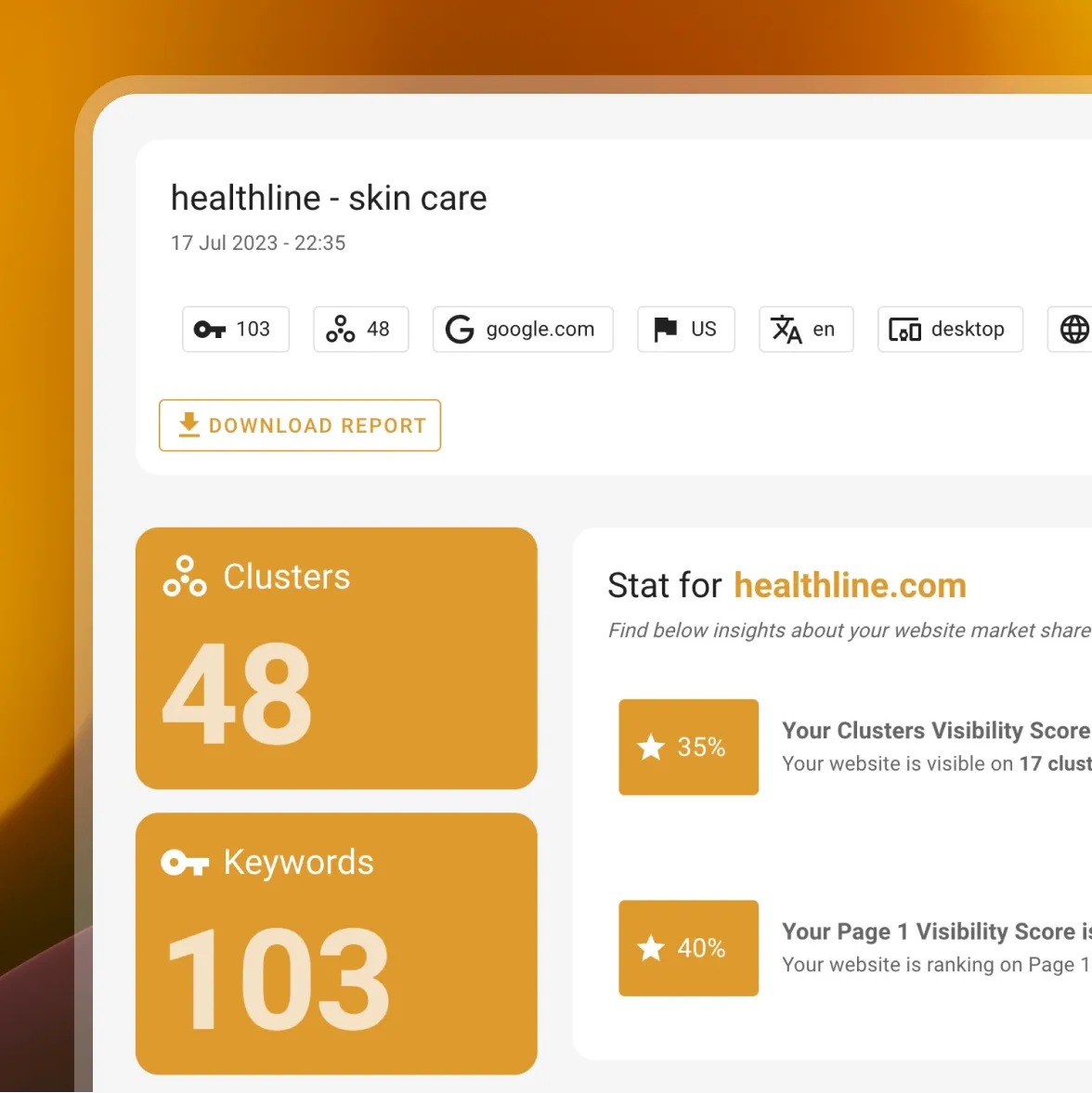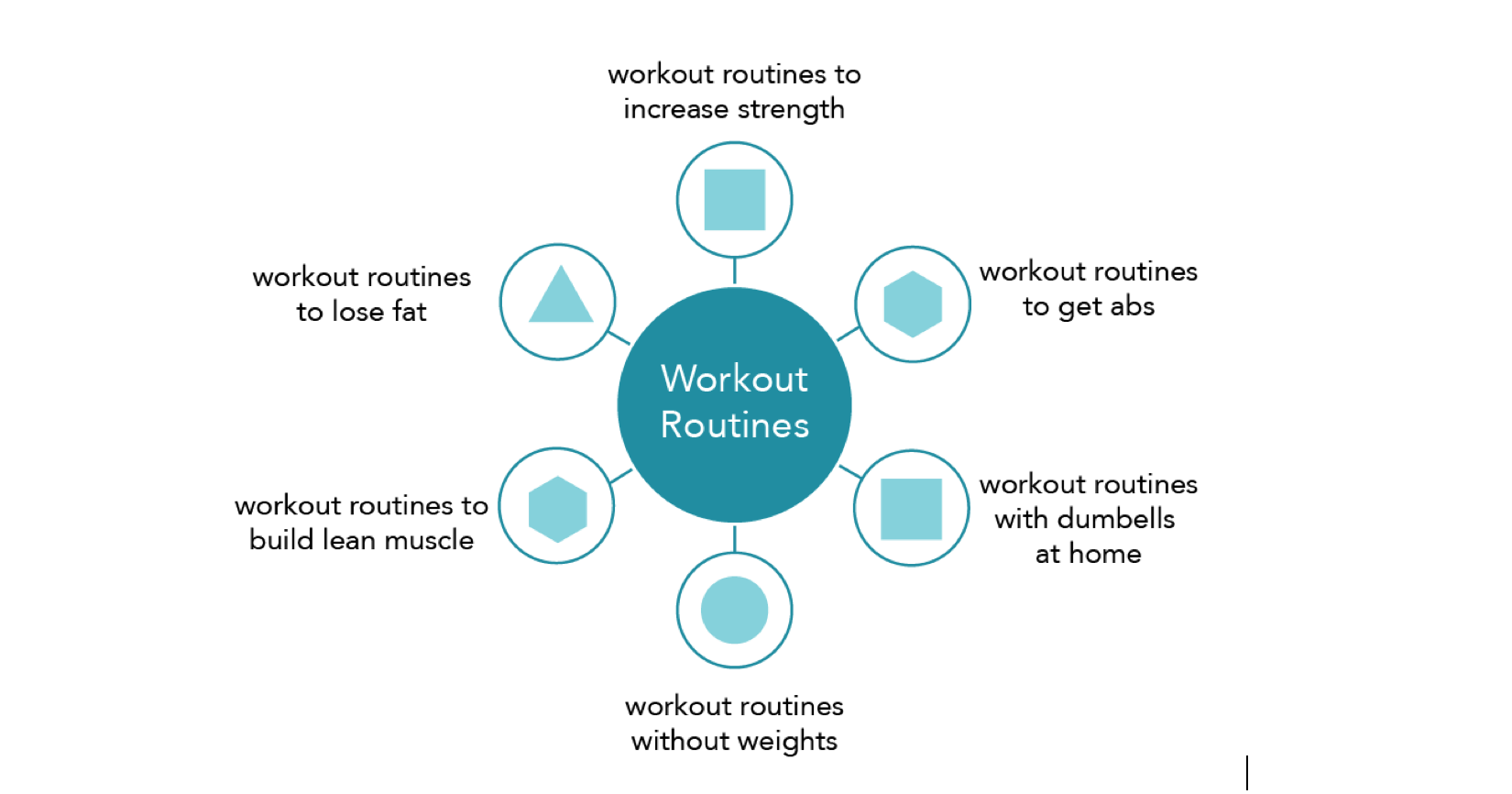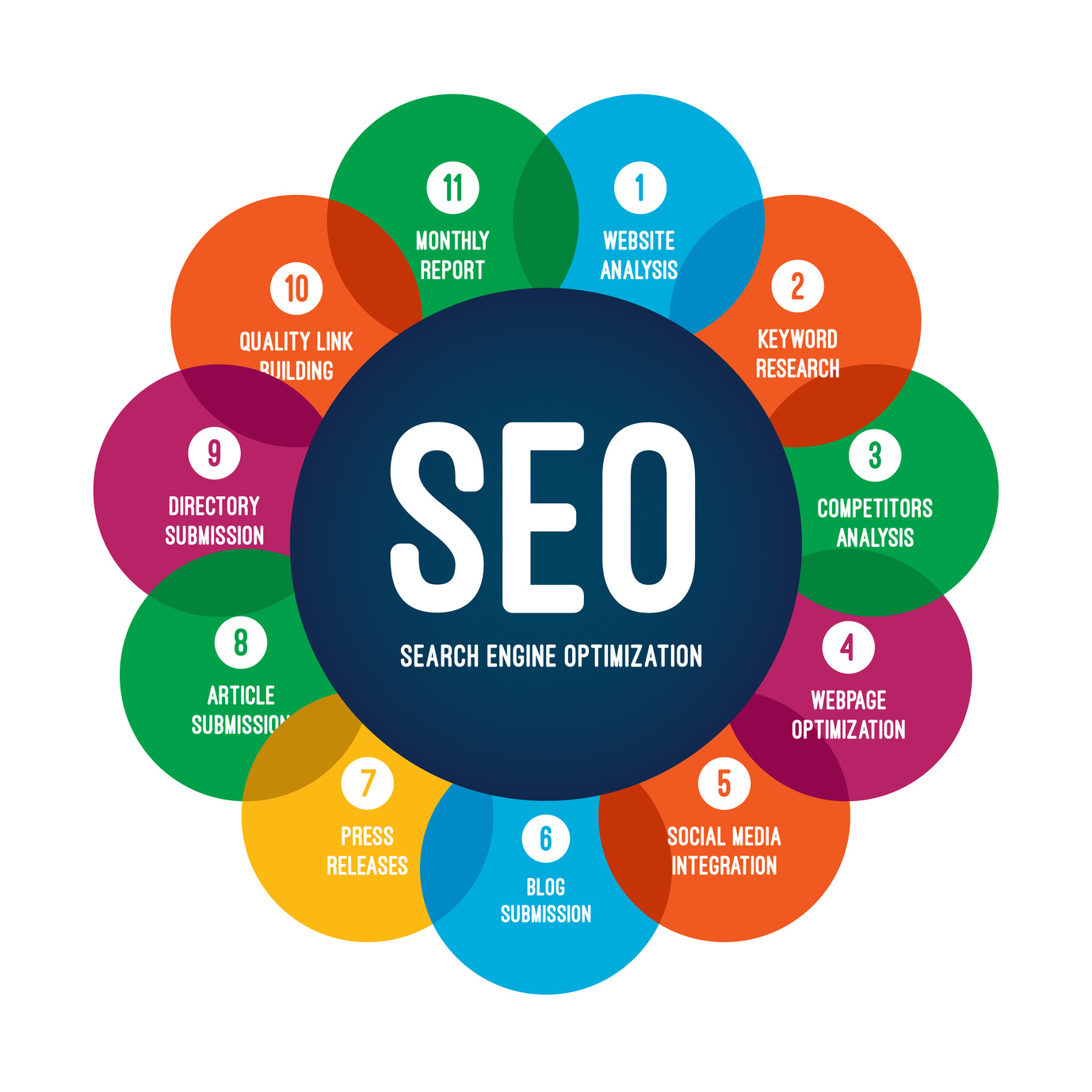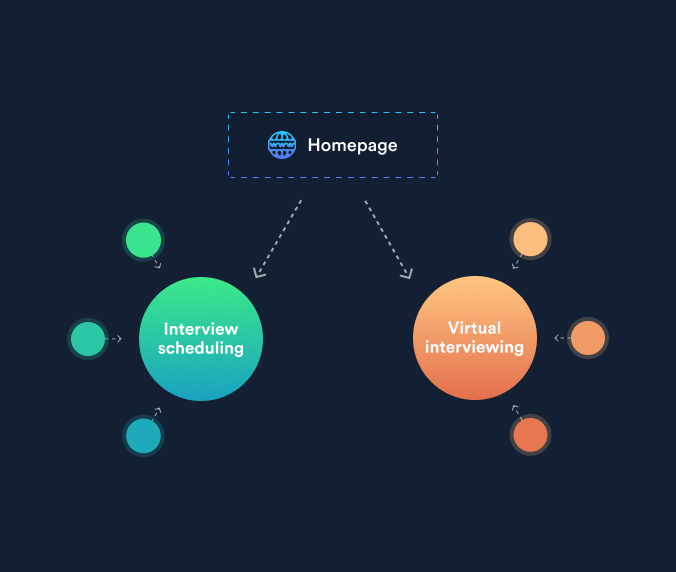
In the ever-evolving world of SEO, staying ahead of the curve means adapting your strategies to align with how search engines and users interact with content. One of the most powerful techniques in this space is keyword clustering—a method that not only improves your site’s visibility but also enhances the user experience by organizing content around thematic topics. When combined with a well-structured content calendar, keyword clustering becomes a cornerstone of a scalable, high-performing SEO strategy.
This article will guide you through the process of using keyword clusters to power your content calendar. You’ll learn why it matters, how to implement it effectively, and how to leverage tools to streamline the process. Whether you’re a seasoned marketer or just starting out, these insights will help you create more impactful content that resonates with both search engines and your audience.
What Is Keyword Clustering and Why It Matters
Keyword clustering is the practice of grouping related keywords based on their semantic meaning and intent. Instead of targeting individual keywords one by one, you focus on broader themes or topics that encompass multiple related terms. This approach helps search engines understand the context of your content better, which can lead to improved rankings and more relevant traffic.
For example, if you’re writing about “home workouts,” you might cluster keywords like “beginner home workouts,” “HIIT exercises at home,” and “best equipment for home fitness.” These terms all fall under the same theme, making it easier to create comprehensive content that satisfies user intent across multiple queries.
Why does this matter? Search engines today are far more sophisticated than they were even a few years ago. They prioritize content that provides value, covers topics thoroughly, and aligns with user intent. By clustering your keywords, you’re not just optimizing for search engines—you’re creating content that truly serves your audience.
How Keyword Clustering Impacts SEO Performance
The benefits of keyword clustering extend beyond just improving your rankings. Here’s how it affects various aspects of your SEO performance:
- Improved Visibility: By targeting multiple keywords within a single piece of content, you increase your chances of appearing in search results for a wider range of queries.
- Enhanced User Experience: Users are more likely to stay on your site if they find all the information they need in one place, leading to longer dwell times and lower bounce rates.
- Reduced Keyword Cannibalization: When multiple pages target similar keywords, it can dilute your efforts. Clustering helps you avoid this by ensuring each page has a distinct focus.
- Better Content Organization: A clustered approach allows you to build topic pillars and supporting content, making your site structure more logical and easier for both users and search engines to navigate.
Additionally, keyword clustering plays a key role in E-E-A-T (Experience, Expertise, Authoritativeness, Trustworthiness). By covering a topic comprehensively, you demonstrate expertise and authority, which are critical for ranking well in competitive niches.
Step-by-Step Implementation Framework
Implementing keyword clustering into your content calendar requires a structured approach. Follow these steps to get started:
1. Define or Audit the Current Situation
Start by assessing your current content and keyword strategy. Use tools like Google Analytics, Ahrefs, or SEMrush to identify which keywords are driving traffic and which are underperforming. Look for gaps in your content and opportunities to expand your coverage.
Action Steps:
– Review your existing content and identify high-performing and low-performing pieces.
– Use keyword research tools to uncover new opportunities.
– Map out your content landscape to see where clusters can be formed.
2. Apply Tools, Methods, or Tactics
Once you have a list of potential keywords, start grouping them into clusters. Use a combination of manual brainstorming and automated tools to find natural groupings.
Tools to Consider:
– Google Keyword Planner – For initial keyword discovery.
– Ahrefs’ Keywords Explorer – For finding related terms and analyzing competition.
– SurferSEO – For keyword clustering and semantic scoring.
– Rush Analytics’ Keyword Grouper – For automating the clustering process.
Techniques:
– Brainstorming and Mind Mapping – Start with broad topics and branch out into subtopics.
– Search Intent Analysis – Group keywords based on whether they are informational, navigational, or transactional.
– Synonym and Stemming Grouping – Combine variations of the same root word (e.g., “run,” “running,” “runner”).
3. Measure, Analyze, and Optimize
After you’ve created your clusters, track their performance using analytics tools. Monitor metrics like organic traffic, engagement, and conversion rates to see which clusters are working best.
Key Metrics to Track:
– Organic Traffic Growth: Are your clustered pages driving more traffic?
– Bounce Rate: Are users staying on your site after landing on a clustered page?
– Time on Page: Is the content engaging enough to keep users reading?
Optimization Tips:
– Refine clusters based on performance data.
– Update existing content to better align with your clusters.
– Add new keywords to clusters as you discover them.
Real or Hypothetical Case Study
Let’s look at a hypothetical case study to see how keyword clustering can transform a content strategy.
Scenario: A health and wellness blog wants to improve its SEO for the topic of “weight loss.”
Before Clustering:
– The blog had separate posts for “how to lose weight fast,” “weight loss diet plans,” and “exercise for weight loss.”
– Each post targeted a single keyword, leading to fragmented content and limited reach.
After Clustering:
– The team grouped related keywords into clusters such as “weight loss strategies,” “healthy eating for weight loss,” and “exercise routines for weight loss.”
– They created a pillar page titled “The Ultimate Guide to Weight Loss” that covered all three clusters.
– Supporting content included articles like “Top 5 Healthy Diets for Weight Loss” and “Best Home Workouts for Weight Loss.”
Results:
– Organic traffic increased by 40% within six months.
– Bounce rate dropped by 25% due to more relevant and comprehensive content.
– The blog saw a 30% increase in backlinks from authoritative sites.
This case study shows how keyword clustering can lead to measurable improvements in SEO performance and user engagement.
Tools and Techniques for Keyword Clustering
To make the most of keyword clustering, use the right tools and techniques. Here are some of the most effective options:
- SurferSEO – Offers advanced keyword clustering features and semantic analysis to help you build more effective content.
- Ahrefs’ Keywords Explorer – Great for discovering related keywords and analyzing competition.
- SEMrush – Provides comprehensive keyword research and competitor analysis tools.
- Rush Analytics’ Keyword Grouper – Automates the clustering process, saving you time and effort.
- Google Trends – Helps identify trending topics and seasonal variations in keyword demand.
Using these tools can significantly streamline your workflow and help you make data-driven decisions.
Future Trends and AI Implications
As AI continues to shape the future of SEO, keyword clustering will become even more important. Search engines like Google are increasingly relying on natural language processing (NLP) and semantic understanding to deliver more relevant results. This means that content that is well-organized around thematic clusters will perform better than ever before.
Additionally, the rise of voice search and multimodal search (search that includes images, videos, and other media) means that users are looking for more holistic, context-rich content. Keyword clustering helps you prepare for this shift by ensuring your content is comprehensive and aligned with user intent.
To stay ahead, consider integrating AI-powered tools into your workflow. These tools can help you identify new clusters, predict trends, and optimize content in real-time.
Key Takeaways
- Keyword clustering is a powerful technique that organizes your content around themes rather than individual keywords.
- It improves SEO performance by increasing visibility, reducing keyword cannibalization, and enhancing user experience.
- Implementing keyword clusters involves defining your goals, grouping keywords, and tracking performance.
- Tools like SurferSEO, Ahrefs, and Rush Analytics can streamline the process.
- As AI and voice search continue to evolve, keyword clustering will become even more essential for maintaining relevance and authority.
By leveraging keyword clusters in your content calendar, you’re not just optimizing for search engines—you’re building a foundation for long-term growth and success.
Meta Title: How to Use Keyword Clusters to Boost Your Content Calendar Strategy
Meta Description: Learn how to use keyword clusters to enhance your content calendar and boost SEO performance. Discover actionable steps and tools to organize your content around themes.
SEO Tags (5): keyword clustering, content calendar, SEO strategy, on-page SEO, content optimization
Internal Link Suggestions: Parameter #12: On-Page SEO Checklist, Parameter #7: E-E-A-T Optimization, Parameter #9: Content Strategy Framework
External Source Suggestions: https://www.surferseo.com, https://ahrefs.com, https://www.rushanalytics.com









